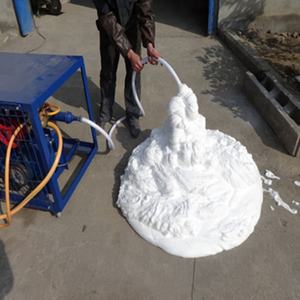The concept of admixtures, which refers to the blending of genetic material from two or more distinct populations, is not new. Its origins can be traced back to the early stages of human evolution and have continued through various historical periods. Understanding when and how admixtures began provides insight into the complex history of human migrations, interactions, and the genetic diversity we see today.
(The Dawn of Admixtures: When Did It All Begin?)
The earliest evidence for admixture in human populations comes from the study of ancient DNA (aDNA). Researchers have found that modern humans, Homo sapiens, have a genetic legacy from Neanderthals and Denisovans, our extinct hominin cousins. These interbreeding events occurred tens of thousands of years ago, during the Ice Ages when humans and these hominins likely shared habitats in parts of Eurasia. The genetic evidence suggests that these interbreeding episodes contributed around 2-4% of the genome of non-African populations.
Admixtures were also observed during the colonization of the Americas by ancient humans. The first Americans, who arrived in the Americas across the Bering Land Bridge, likely brought with them a small group of people from East Asia, resulting in an admixed population that was genetically distinct from contemporary East Asians and Europeans. This event, known as the Beringian Standstill, provided a genetic bottleneck but also introduced new genetic variation into the Americas.
In more recent history, the colonization of the Americas led to further admixtures between indigenous populations and European settlers, as well as African slaves, resulting in the complex genetic makeup of many modern populations. These historical admixtures have shaped the genetic landscape of the Americas, influencing traits such as disease susceptibility, physical appearance, and even language patterns.
In Europe, the establishment of the Roman Empire facilitated the spread of admixed populations across the continent, bringing together different ethnic groups and contributing to the genetic diversity seen today. Similarly, the Viking Age saw the spread of Norse populations across Scandinavia, Eastern Europe, and beyond, introducing new genetic elements into these regions.
The process of admixture is not limited to human populations; it has also played a significant role in the domestication of plants and animals. For example, the domestication of wheat involved the admixture of wild species, leading to the development of new crop varieties with desirable traits.
(The Dawn of Admixtures: When Did It All Begin?)
In conclusion, the concept of admixtures in human populations is deeply rooted in our evolutionary past. From ancient interbreeding events with extinct hominins to the colonization of the Americas and beyond, admixtures have been a continuous force shaping the genetic diversity we observe today. Understanding these historical events helps us appreciate the complexity and interconnectedness of human populations and their shared heritage.
Inquiry us
if you want to want to know more, please feel free to contact us. (nanotrun@yahoo.com)

